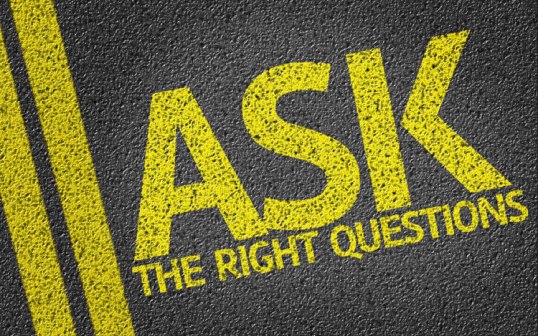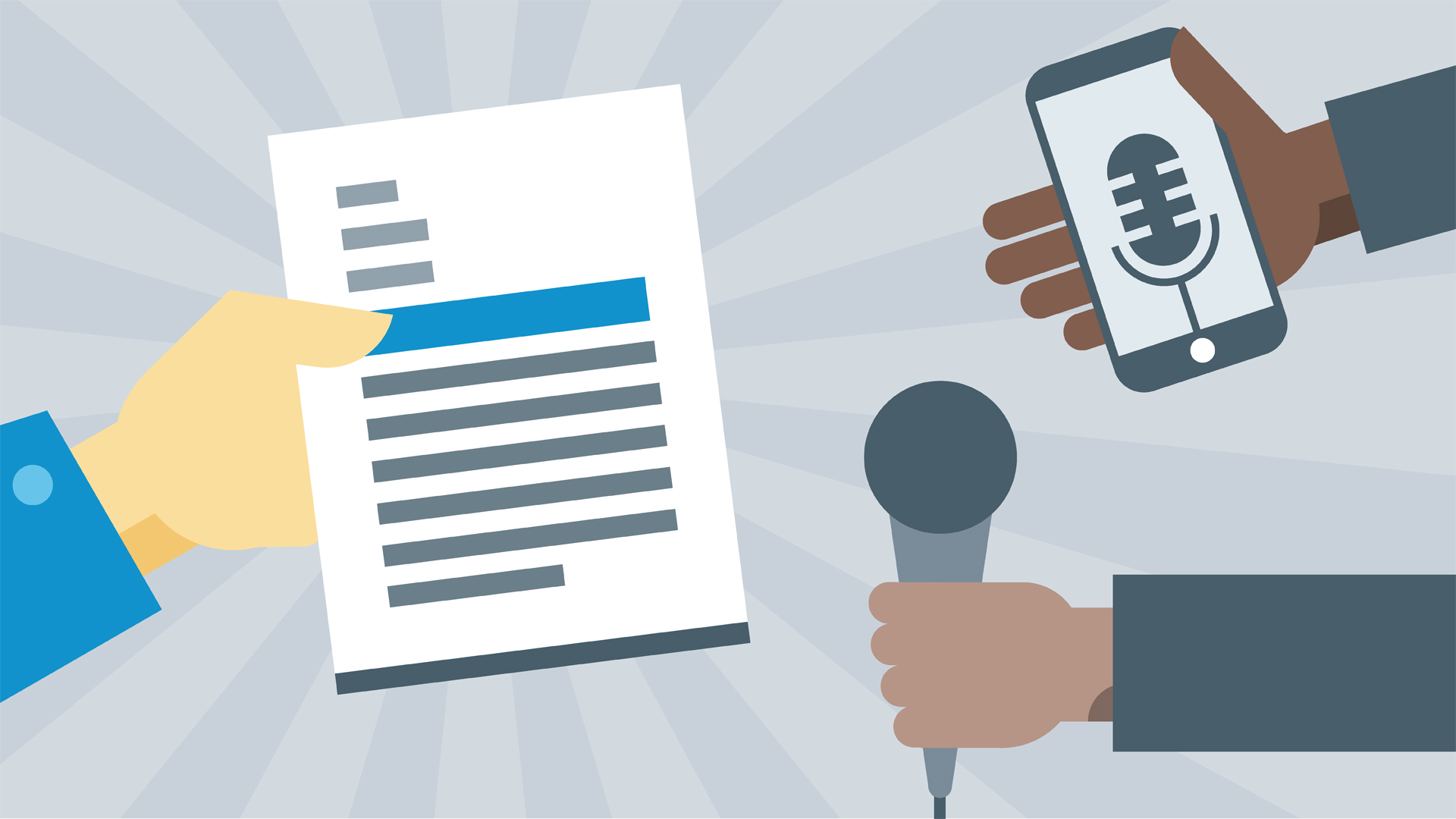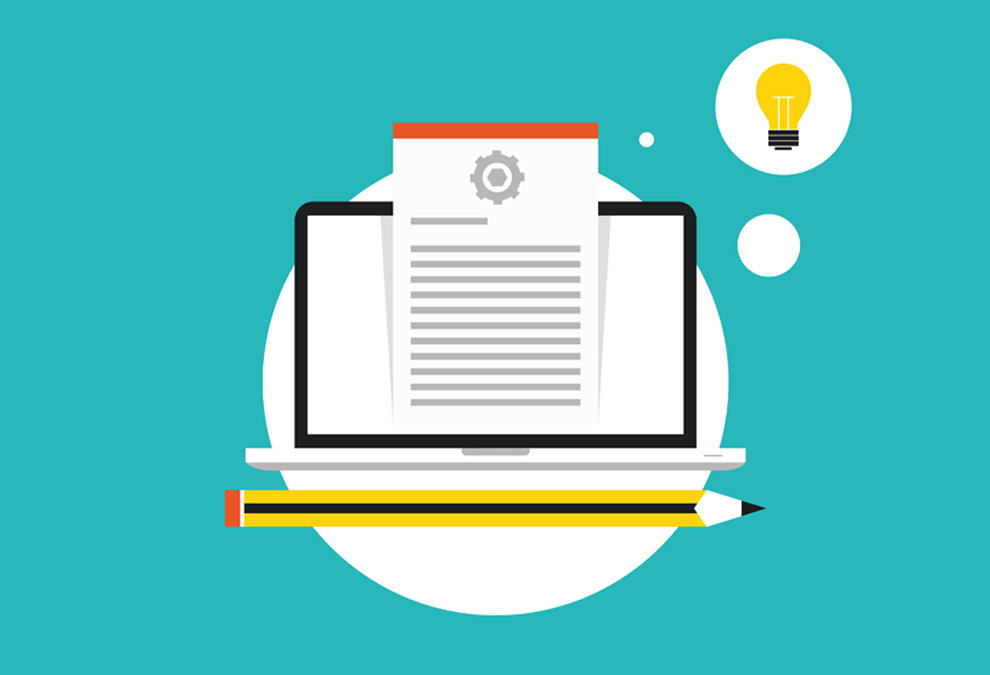How to craft a press release that gets attention every time
Here’s a tip from those of us with years of experience: if you want to ruin your reputation with the media easily, send them a poorly drafted press release.
Every day, editors and journalists have to deal with loads of press releases in their inboxes. These are coming from government agencies, companies, small businesses, and even regular people who want to draw some attention to their neighbourhood. If your press release is full of grammatical blunders or isn’t relevant to the reporters’ area of interest, you might be better of throwing your press release under the pillow. If you send a boring or unprofessional press release to a news agency, your chances of getting any form or exposure are slim-to-non-existent.
However, a professional press release captures attention and forces reporters to want to learn more about your offer.
You want to be a one-stop hub for the media, so you need to provide every detail, so they don’t have to go looking for it elsewhere.
You have to master the art of formatting a press release properly, knowing the right information to include, and where you should send it. You should see your release as a machine working for your brand and should be taken seriously. Also, remember that wire services now make it possible to post press releases online, potential customers may now have access to them, not just journalists.
Creating a good impression of your business requires that you write great, grammatically correct, clean press releases. You should not leave this task to untrained personnel or your personal assistant.
Some of these tips should help you craft your release:
Focus on the message
When a journalist receives your press release, the first thing they think of is: why should I consider this? The “news” in your material needs to be too obvious to ignore. Otherwise, your entry will quickly end up in the recycle bin. The first hurdle is figuring out the exact message you want to convey and whether it is newsworthy or not.
The biggest challenge for inexperienced people is getting to understand that it’s important to separate your ego from your message. What the readers of a particular publication consider newsworthy may be far from what you have to offer.
That means you need a captivating headline for your release. You can make a bold claim about how your offer is going to change lives, or twist it into a news event. Your headline should grab attention, so reporters can instantly see the announcement’s benefits for their audience.
Find Examples
If you are writing a press release for the first time, there are lots of examples on the internet from which you can draw inspiration. There are also media and marketing agencies that can guide you. The chances are that someone has written a press release on the same topic on which you are working. You don’t have to copy their content – use their style and content structuring.
You can also check out press release distribution services such as PR Newswire and PRWeb to find existing content after which to model your content. Another smart move is to search Google for business-related announcements such as new branch openings, product launches, promotions, etc. You will find more examples to copy that way.
Get the structure right
Your press release should be one page or less. There’s a basic structure for press release writing:
Header
The phrase “For immediate release” should be the first thing at the very top of the page. Make sure the headline is aligned to the centre of the page and should be written in upper case. Just under the headline, use a subheading (in italics) that further expands on the headline.
Keywords are great for optimising for the search engines, and the subheading and headline are the perfect places to use them. They help you get more online traffic. For example, if you are writing about the launch of an e-commerce site, you want to include keywords such as software, e-commerce, and platform in your title and a few times in the body of your copy.
Opening paragraph
The opening paragraph is the second most important part of your release after the headline. Lots of releases also adopt a journalistic style, starting with a dateline, or the state where the news comes from.
Your newsworthy story should be summarised neatly and concisely. The rest of the release is where you expand on the story. But ensure you get the main story out in the opening paragraph.
Your press release should be written and structured like something a journalist would produce. Often, reporters adopt an approach known as the inverted pyramid, which is prioritising the most important points in your story and putting them at the top of the page, with the less important info at the bottom of the page. That way, if someone reads only the opening paragraph of your press release, they will understand what your message is saying.
Make use of Quotes
It is recommended that you use a quote at least once in the body of your press release. It should be a quote from someone who has extensive knowledge about the announcement being made in the release. This person can be a top executive, marketing or product manager, etc. You can also use quotes to show how your message puts you several steps ahead of the competition.
You can use quotes to showcase your announcement in a different context, offering an opinion about it. You can use the quote to talk about the importance of this to your industry.
We also advise against the use of a quote that bullishly talks about how great your business is. Instead, you should use a quote that gives more insight. You should also know that some publications have their standards regarding the use of quotes. Major publications will often not re-use the quotes you used in your release, while small publications and blogs are happy to use the information in the press release directly as well as its quote.
Closing info
Any closing information about your offer or company, such as your mission statement, year of incorporation, milestones reached, or other achievements, should belong in the last paragraph – often known as the “Boilerplate”. It’s a section where you can include any background information that allows the public or journalist to learn more about you or put your press release in context.
Contact information
One thing you don’t want to do is get the editor or blogger interested after reading your release and then make it difficult for them to find your contact details. Your contact information can be placed at the bottom or top of the page and usually includes the email, name, and title of whomever you use as the media contact for that press release. Usually, you want to use the spokesperson for your company or dedicated staff who can answer any questions on the story.
The media is already used to having press releases in a certain format. It makes lots of sense to maintain that format.
Multi-media
It is likely that most of your releases will be sent via email and posted on your website, so why not include some multimedia, such as audio or video? Also, if there are any other company resources online, such as performance reports, testimonials or previous press releases, it’s an opportunity to link back to them.
Choose Your Distribution
Before sending out your press release, you need to know which bloggers or journalists you’re targeting. This is a golden rule.
Your press release is not the only thing that is important, but you will also be in communication with very important people. Journalists usually find it annoying when the person behind the press release has failed to do the right thing.
If you are dealing with a local news event, get to know the particular media person covering your issue or neighbourhood. Go on bigger news channels and do some research about the reporters assigned to your industry. Sometimes media organisations have special fax numbers and email addresses to which all press releases can be sent.
Also, be careful when reaching out to organisations: for example, a company that is green-focused and offsets all their carbon emissions might be really upset when they see the fax machine rolling out loads of paper-consuming messages.
Many editors expect to receive press releases via email. Copy and paste your content in the body of the email because it is unlikely that reporters will open an attachment from strangers.
If you have some money to spend on public relations, you can leave your press release distribution to a wire service. Smaller companies can use PRWeb.com for distribution. There are more expensive options that will expose you to a bigger audience, such as PRNewswire.com and Businesswire.com.
You also need to know that media houses have tight schedules. For most publications, it’s better to send in your press release in the morning. Early afternoon works best for radio and TV.
Notifying media houses in advance is a good idea too. If you are trying to get coverage for an upcoming event, don’t wait until editors are about to start rushing of their offices on Friday. Editors don’t want to be scrambling to get your story featured in their weekend issue because it could only affect their work negatively.
Get In Touch With Us Today
If you want to know how your business can benefit, get in touch with us for a PR consultation. You can also take advantage of some of our Public Relations packages to give your small businesses a head-start with both digital and print media.
Our professional marketing consultants will ask you crucial questions about your business, current marketing tasks, target audience, and industry to see how we can help move your business forward.









